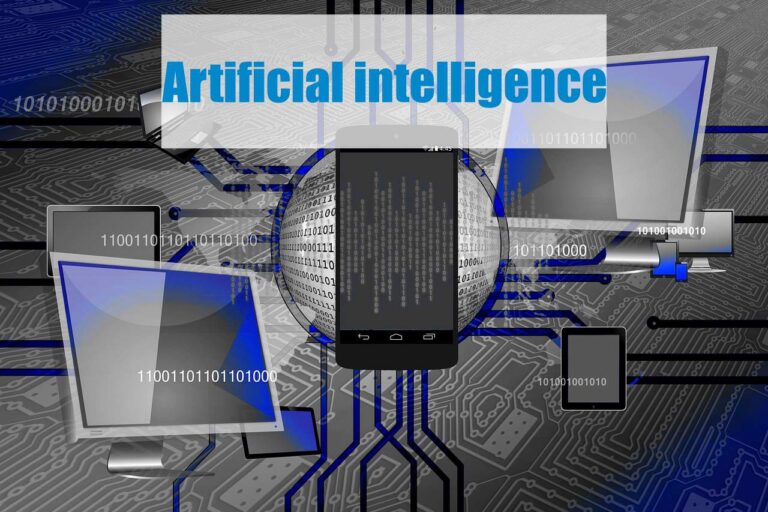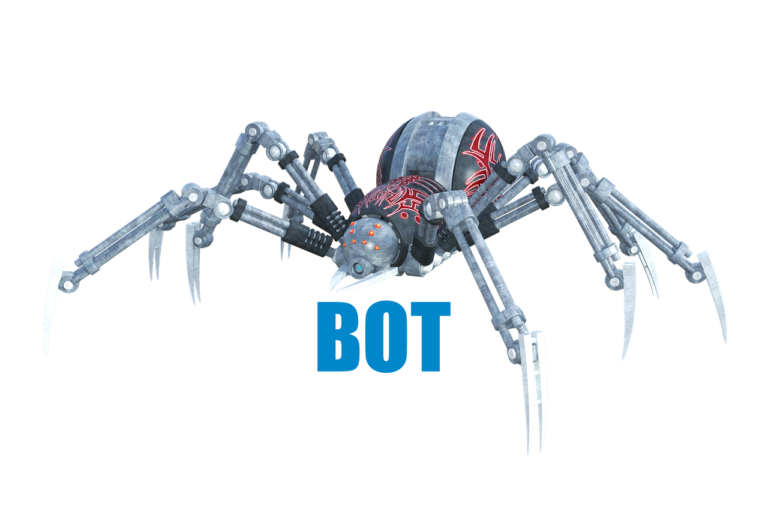
There is no doubt that artificial intelligence (AI) is rapidly evolving and growing more sophisticated every day. But what exactly is AI, and how can it be used to benefit businesses?
In simple terms, artificial intelligence is a form of computer science that enables machines to learn and work on tasks that would normally require human intelligence, such as understanding natural language and recognizing patterns.
Businesses are already beginning to harness the power of artificial intelligence in a number of ways, such as:
– Automating repetitive tasks: By using AI to automate tedious and time-consuming tasks, businesses can free up employees to focus on more strategic work.
– Enhancing customer service: AI can be used to provide personalized and prompt customer service, 24/7.
– Generating insights: AI can help businesses to make sense of large amounts of data and uncover valuable insights that would otherwise be hidden.
– Improving decision-making: By using AI to assist with decision-making, businesses can make better decisions, faster.
There are many pros to artificial intelligence, such as the ability to automate tedious tasks and free up employees to focus on more strategic work. Providing personalized and prompt customer service 24/7, and generating valuable insights that would otherwise be hidden. Additionally, artificial intelligence can help businesses to make better decisions, faster.
While I believe that the pros out way the cons of machine learning there are a few risks that need to be associated with it like:
– Job loss: As AI continues to automate tasks that humans currently perform, there is a risk that jobs will be lost.
– Security breaches: As AI becomes more sophisticated, it could be used to carry out sophisticated cyberattacks.
– Unethical decision-making: AI-powered systems are only as ethical as the data that is fed into them. If artificial intelligence is not properly regulated, there is a risk that it could be used to make unethical decisions, such as discriminating against certain groups of people.
Artificial intelligence (AI) is experiencing a renaissance. The term was coined in 1956 by John McCarthy, one of the founders of artificial intelligence, and referred to the then-nascent field of research involving computers, machine learning, and artificial intelligence. In the nearly 60 years since AI has experienced ebbs and flows in popularity, but the current resurgence is thanks, in part, to the availability of big data and powerful GPUs (graphical processing units).
In its current form, AI is being used for tasks such as facial recognition, natural language processing (the ability of computers to understand human speech), and predictive analytics (the ability of computers to forecast outcomes based on historical data). However, its potential uses are far broader and include everything from automating manual labor tasks to helping doctors diagnose diseases.
Looking forward, AI will only become more ubiquitous and integrated into our lives. In addition to the aforementioned applications, it will also be used for things like personalized recommendations (e.g., what music to listen to, what books to read, etc.), fraud detection, and even autonomous vehicles. As AI becomes more sophisticated and adept at completing more complex tasks, its role in our lives will only continue to grow.
There is so much information out there that AI will be instrumental in analyzing it and helping us make the best decision possible.

Bots are computer programs that run automated tasks over the internet. They can be used for a variety of purposes, such as handling customer service inquiries, monitoring social media, or even creating and managing content.
As artificial intelligence (AI) technology continues to evolve, so too do the capabilities of bots. In the future, AI-powered bots will become even more sophisticated and will be able to take on an increasingly diverse range of tasks.
As AI technology improves, bots will become better at understanding and responding to natural language. This will enable them to hold more realistic conversations with users.
Bots will also become better at imitating human emotions. This will allow them to create a more personal connection with users and build deeper relationships.
AI-powered bots will eventually become so advanced that they will be able to carry out complex tasks without any human intervention. For example, they will be able to make decisions, solve problems, and carry out actions on their own.
The future of AI is an exciting one. Bots are becoming more and more sophisticated and will soon be able to do things that were once thought to be impossible. This technology has the potential to change the world as we know it and will ultimately make our lives easier and more efficient.